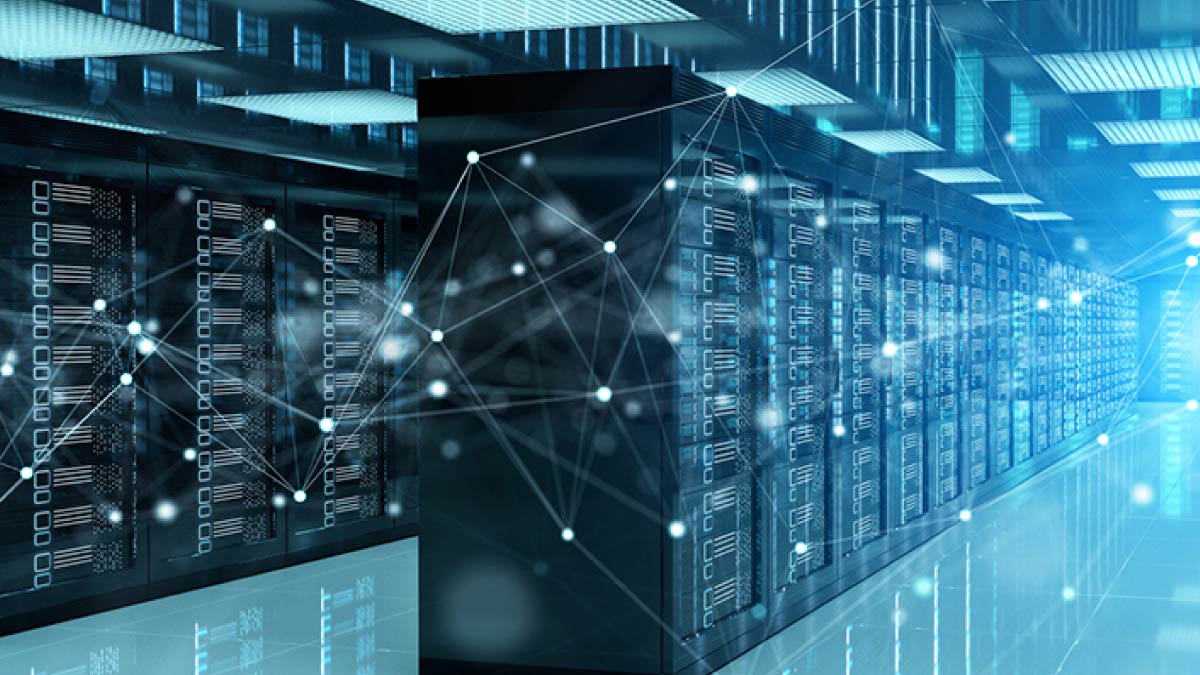Data collection and analysis has gotten a real-time makeover thanks to edge computing.Critical applications like those in healthcare, business, and retail are the perfect candidates for edge computing’s real-time processing because they need their data, now. These industries, and a multitude of others, use Internet of Things (IoT) devices to keep life moving—think hospital monitors, cash registers, and more. As we continue to incorporate IoT and applications in our daily lives (Cisco VNI reports that by 2022, nearly three-quarters of all devices connected to the mobile network will be “smart” devices) we will need edge computing to help us get the data-job done.
What is edge computing?
Edge computing enables data produced by IoT devices to be processed closer to where it is created rather than sending it across long routes. It’s mesh network of micro data center process or store critical data locally, so that businesses can analyze important data in real time.
Data from IoT devices can also be analyzed at the edge, before being sent to the data center or cloud.
Why edge computing matters
Edge computing is a crucial innovation because it’s especially beneficial for devices and apps that need low latency, high bandwidth, and consistent reliability.
Mobile-experience apps like video, AR, and VR require very high bandwidth and need low latency. Latency is the time interval between stimulation and response, when a physical change is occurring in the system. This means that when you engage with an AR or VR app, you want there to be very little lag in the video to get the most out of the experience. Cloud-based applications might not get you the seamless video you desire, and that’s where edge computing can provide the right quality.
See also: Cisco delivers cloud edge for customers
Smart video cameras are an excellent example of video on the edge. Because video footage generates such large amounts of data, it is costly to process all of that data in the cloud, and it would require a very high amount of bandwidth. Pushing processing to and from the edge devices means that response times can increase while bandwidth can decrease.
Other IoT cases, such as industrial sensors, operate way out on the edge. The consistency of availability and connectivity is necessary in places like these, as well as hospitals, which need the consistency so that crucial alerts can get through.
Why Cisco plays a key role
Cisco knows the importance of quality in app and device performance. That’s why the company has Cisco Data Center, anywhere your data is: This removes the barrier of the data center, because workloads are more distributed and applications and constantly evolving.
In early 2019, Cisco announced the expansion of the data center so that data is processed closest to the source. This expansion happens with three major innovations that expand data center: ACI Anywhere includes Cloud ACI, which is fully integrated in Amazon Web Services (AWS) and Microsoft Azure IaaS, HyperFlex Anywhere, a hyperconverged infrastructure at remote and branch locations, and the CloudCenter Suite, which simplifies and automates multicloud management.
See also: Cisco unites SD-WAN and security to address new cloud edge
ISR Routers for edge computing is another technology that brings IT to the edge. Cisco helps organizations that have many branches or distributed store fronts with Cisco ISR Routers and USC-E Series for Edge Computing. Businesses and branches can run their apps on this router so that data storage is freed up. In industries like food service or retail, local edge processing can help create faster response times so that customers are always happy.
The company also provides management system Cisco IOx—an application environment that helps customers use IoT applications at the edge. By combining Cisco IOS and Linux OS, Cisco IOx accelerates outcomes by providing realtime insights for large volumes of data. Learn more about the benefits of Cisco IOx here.
###
We welcome the re-use, republication, and distribution of "The Network" content. Please credit us with the following information: Used with the permission of http://thenetwork.cisco.com/.



